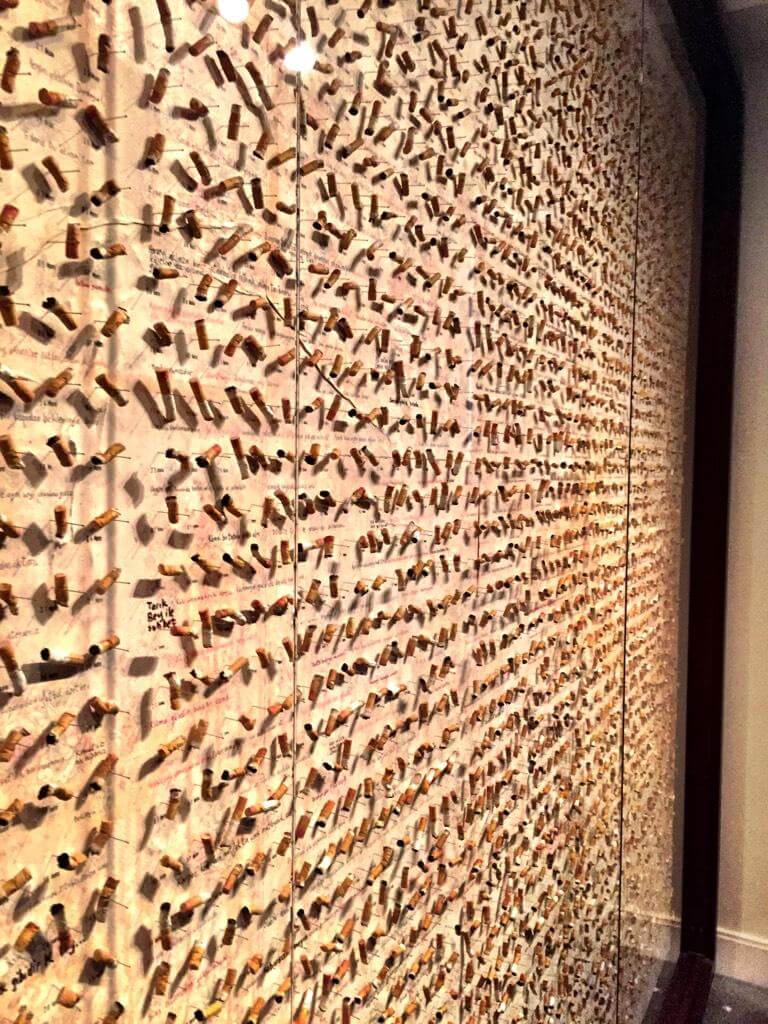Every day for 30 days we will be featuring a museum object that has inspired or intrigued us, in the hope that “an object a day keeps the doctor away.” We love creating exciting, meaningful storytelling through engaging experiences, but still firmly believe that it is hard to beat the thrill of being in the presence of authentic artefacts. Today’s object is: 4213 cigarette stubs.

Can authenticity be contrived? Can a collection of objects that blurs fact and fiction actually be called a museum? Are we as visitors as guilty of the crimes of the collector? The Museum of Innocence tests these notions.
The Museum of Innocence is a novel by Orhan Pamuk, the Nobel-laureate Turkish novelist. The novel, which is about obsessive love, describes life in Istanbul between 1950 and 2000 through memories and flashbacks centred around two families – one wealthy, the other lower middle class. It tells of Kemal, a wealthy playboy, who spends a decade besieging his beautiful young cousin Fusun and then, after tragic events, devotes the rest of his life to creating a museum in her memory. The idea of hoarding and collecting as a shameful act that becomes public and appreciated in the form of a museum is addressed in the last chapters of the novel.
The author makes visitors complicit in the obsession of Kemal, by inviting them to browse a house full of objects supposedly collected by his protagonist and associated with the object of his obsession. He collects items from their time spent together including 4213 cigarette stubs, as well as a collection evocative of everyday life and culture of Istanbul during the period in which the novel is set. In the case of the stubs, each cigarette has supposedly been touched by Fusun, the stain of her lipstick can still be seen on many of them. Are we as creepy as Kemal as we try to get a closer view?
The Museum of Innocence is located in the Çukurcuma neighbourhood of Beyoğlu, Istanbul. It is not essential to have read the book in order to enjoy the museum, just as it is not necessary to have visited the museum in order to fully enjoy the book. Reportedly, the museum allows free entry to those who bring a copy of the book.
